기본 정보
 필리핀
필리핀
점수
 필리핀
|
5-10년
|
필리핀
|
5-10년
| https://www.pnb.com.ph/
공식 사이트
평점 지수
영향력
A
영향력 지수 NO.1
 필리핀 8.05
필리핀 8.05 라이선스
라이선스효력 있는 규제 정보가 없습니다. 위험에 유의해 주세요!
 필리핀
필리핀 pnb.com.ph
pnb.com.ph 미국
미국 VIP가 활성화되지 않았습니다.
VIP가 활성화되지 않았습니다.
| PNB 리뷰 요약 | |
| 설립 연도 | 1916 |
| 등록 국가/지역 | 필리핀 |
| 규제 | 규제 없음 |
| 제품 및 서비스 | 소매 및 기업용 은행, 대출 및 모기지, 송금, 보험, 투자, 주식 중개, 모바일 및 온라인 뱅킹 |
| 데모 계정 | / |
| 레버리지 | / |
| 스프레드 | / |
| 거래 플랫폼 | PNB 디지털 앱 |
| 최소 입금액 | PHP 3,000 (기본 저축 계좌용) |
| 고객 지원 | 트렁크라인: (+632) 8526 3131 |
| 은행 핫라인: (+632) 8573-8888 | |
| 이메일: customercare@pnb.com.ph | |
| 소셜 미디어: Facebook, X, Instagram, YouTube, LinkedIn | |
Philippine National Bank (PNB)는 1916년에 개설된 필리핀에서 가장 오래되고 큰 민간 상업 은행 중 하나입니다. 현재 미국 내외의 어떤 금융 당국에도 규제되지 않았지만, 미국 및 해외 고객에게 전통적 및 디지털 금융 서비스의 전체 범위를 대규모의 지점 및 ATM 네트워크를 통해 제공하고 있습니다.

| 장점 | 단점 |
| 1916년부터 이어진 오랜 은행 역사 | 규제가 없음 |
| 국내외의 광범위한 지점 네트워크 | 복잡한 수수료 구조 |
| 다양한 은행 서비스 제공 | |
| 다양한 연락 채널 |
PNB은 필리핀의 어떤 금융 기관도 규제하지 않았으며, SEC(증권 거래 위원회) 및 BSP(필리핀 중앙 은행)를 포함한 국제적으로 인정받는 금융 규제 기관에도 감독받지 않고 있습니다. 게다가 영국 FCA, 호주 ASIC, 또는 키프로스 CySEC와 같은 국제적으로 인정받는 금융 규제 기관에도 속해 있지 않습니다.
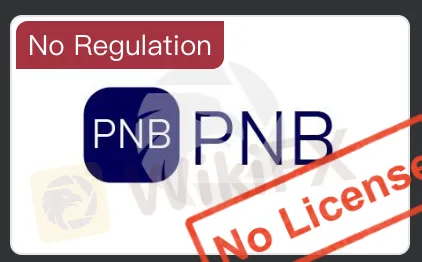
PNB은 전통적이고 혁신적인 금융 서비스를 포함한 다양한 서비스를 제공합니다. 이 서비스에는 리테일 뱅킹, 기업 뱅킹, 송금, 자산 관리, 대출, 보험 및 투자 옵션이 포함됩니다. 이 은행은 필리핀 은행 중 가장 큰 국내 및 해외 지점 네트워크 중 하나를 보유하며 현지 및 전 세계 필리핀 고객을 모두 서비스합니다.
| 상품 / 서비스 | 지원 |
| 리테일 및 기업 뱅킹 | ✔ |
| 대출 및 모기지 (예: OPHL) | ✔ |
| 송금 서비스 | ✔ |
| 보험 (생명 및 비생명) | ✔ |
| 투자 및 신탁 서비스 | ✔ |
| 주식 중개 | ✔ |
| 모바일 및 온라인 뱅킹 | ✔ |
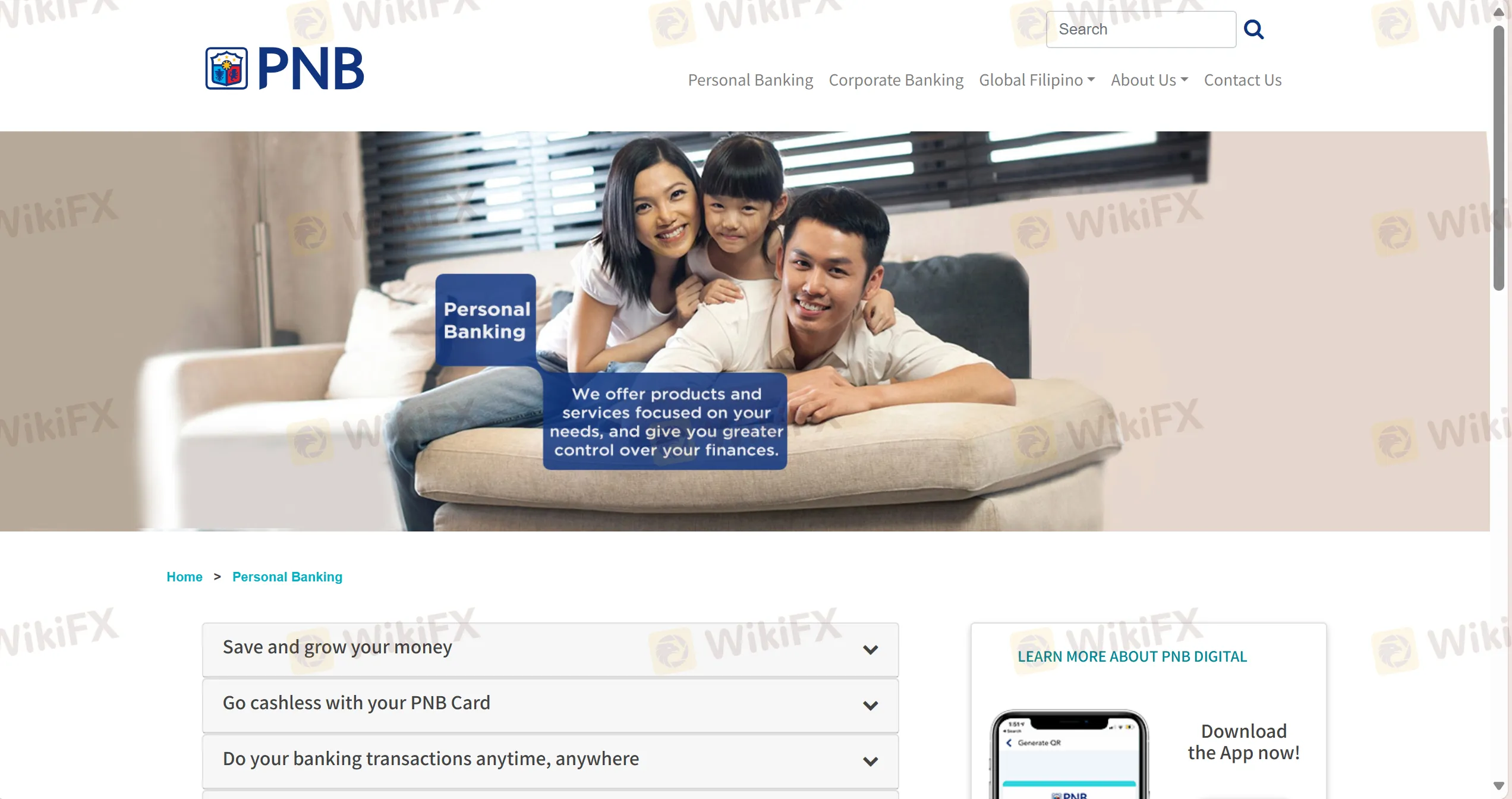
| 계좌 유형 | 목적 / 기능 | 적합 대상 |
| 저축 계좌 | 기본 예금 계좌; 초기 예금은 PHP 3,000부터 시작 | 매일 저축하는 사람들 |
| 당좌 계좌 | 수표부가 포함된 계좌; 쉬운 결제 및 자금 액세스용 | 결제 유연성이 필요한 개인/기업 |
| 정기 예금 | 이자가 붙는 고정 기간 저축 | 안전한 저축 성장을 원하는 사람들 |
| 외화 계좌 | 외화를 안전하게 보유하기 위한 계좌 | 외환 필요 또는 해외 거래를 하는 개인들 |
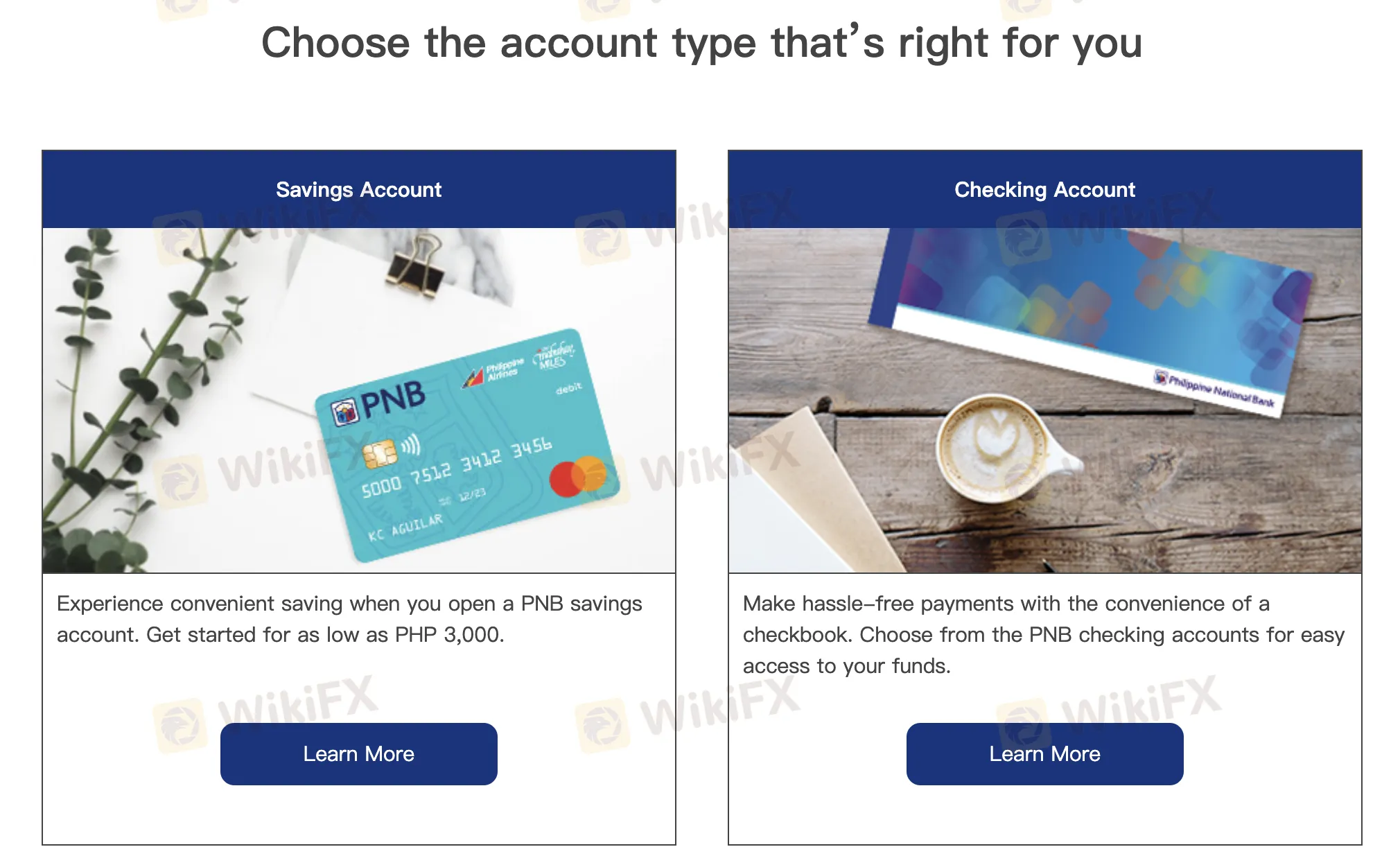
다른 은행과 비교할 때, PNB은 지점 간 및 다른 국가의 사람들과의 거래에 대해 중간부터 높은 수수료를 부과합니다. 네트워크 내에서는 잔액 확인 및 ATM 사용과 같은 일부 서비스는 무료입니다. 그러나 다른 지역, 다른 섬 또는 다른 통화를 사용하는 지점과 관련된 많은 다른 서비스는 다른 수수료가 있습니다.
| 수수료 항목 | 설명 | 수수료 |
| 지점 간 현금 입금 | 동일 지역: 무료다른 지역: ₱50/₱100K 이상 | ₱50 최소, ₱100K 당 ₱50 |
| 지점 간 수표 입금 | 정규 ↔ 섬 지점 | ₱100 |
| USD 현금/수표 입금 | 모든 지점 | ₱100 |
| 지점 간 인출 (PHP) | 정규 ↔ 섬 지점 | ₱200 |
| USD 인출/현금화 | 모든 지점 | ₱200 |
| ATM (지역) | PNB ATM: 무료다른 은행: ₱15 인출, ₱2 잔액 조회 | ₱2–₱15 |
| ATM (국제) | 인출: ₱150–₂250잔액 조회: ₱75 | ₱75–₱250 |
| 디지털 이체 (소매) | InstaPay / PESONet | 거래 당 ₱20 |
| 디지털 PNB에서 PNB로 이체 | 주당 처음 3회 무료; 이후 ₱10씩 | ₱0–₱10 |
| 창구 서비스 | 인출 영수증: ₱50수표 재주문: ₱250–₱500은행 증명서: ₱200 | 다양함 |
| 내부 USD 송금 | 서비스 수수료 + DST | $5–$8 |
| 휴면 수수료 | 5년 이상 활동하지 않은 경우 | ₱30 / $0.50 (선택된 계정) |
| 조기 해지 (≤30일) | PHP 계정: ₱500USD 계정: $10 | ₱500 / $10+ |
| 유지 수수료 위반 | 페소: ₱350–₱500USD: $10–$20기타 통화: 다양함 | ₱350+ / $10+ |
| 기타 수수료 | 명세서 요청, 송금, 수표 발행, 금고 임대 등 | 서비스별로 상이함 |
| 거래 플랫폼 | 지원 | 사용 가능한 장치 | 적합한 대상 |
| PNB 디지털 앱 | ✔ | Android, iOS | / |
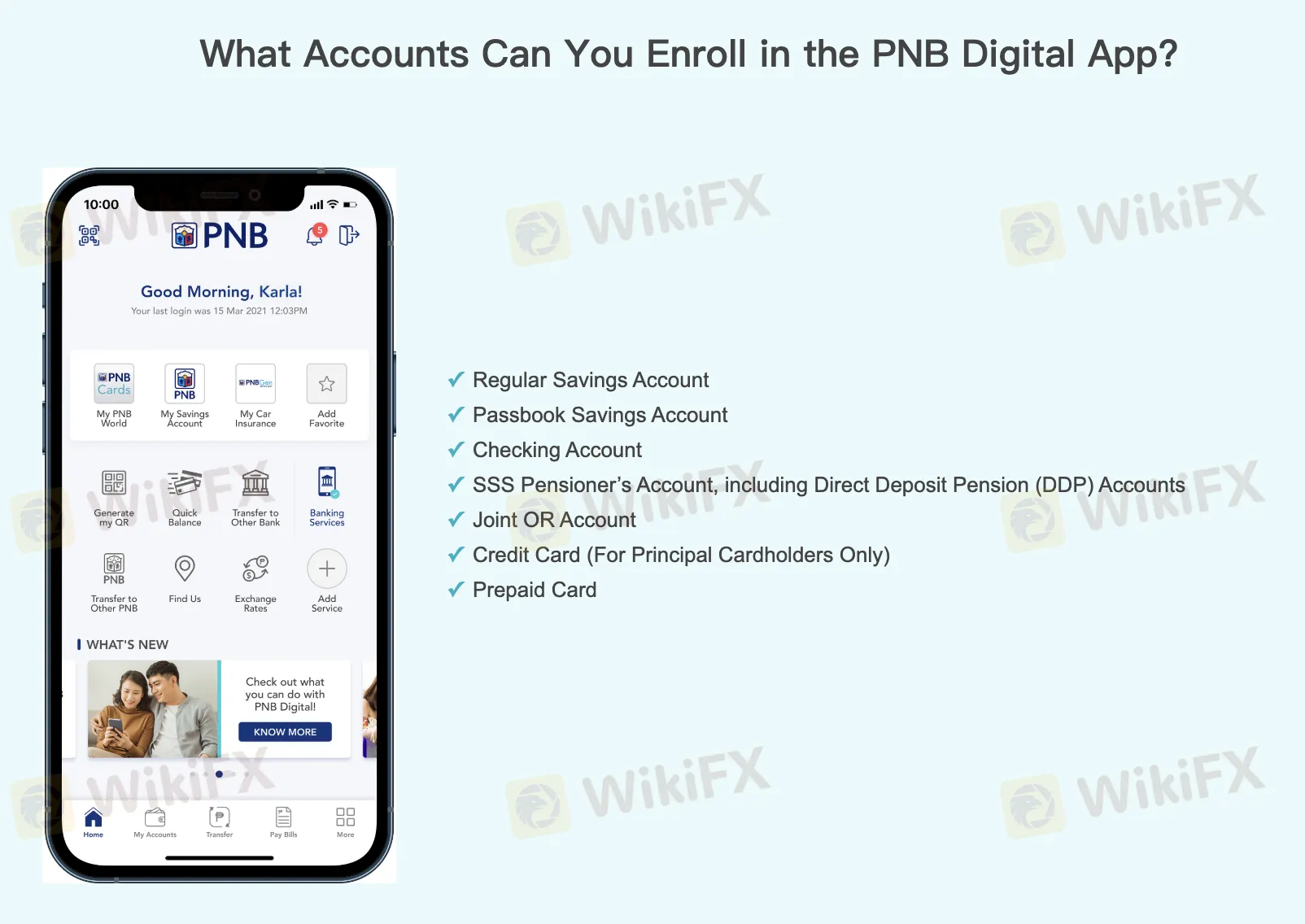

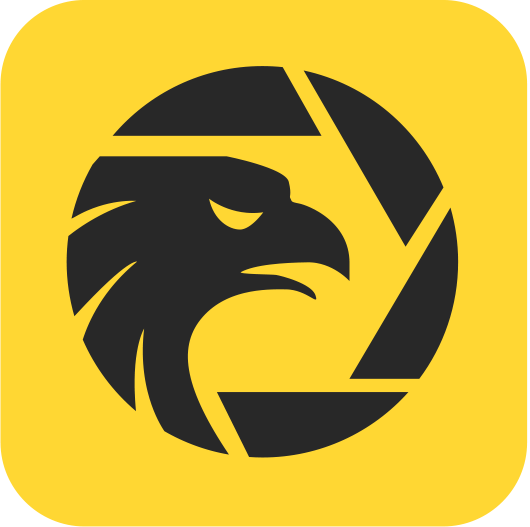
From my experience and careful review of the available information about PNB, it’s important to clarify that PNB operates primarily as a traditional and digital bank, not a specialized forex broker. Although they offer foreign currency accounts and some investment services, I could not find any detailed evidence that they provide true ECN or raw spread forex trading accounts in the way that major online forex brokers do. This distinction matters because, in standard forex industry practice, ECN or raw spread accounts typically charge a commission per lot traded, separate from the spread. For PNB, there is simply no mention of a commission structure per lot or any dedicated forex trading fees that would apply to ECN or raw spread accounts. The bank’s fee structure is focused on banking operations, such as foreign currency withdrawals, remittance, and maintenance charges, but not specialized trading commissions. This absence of detailed trading commission information strongly suggests that PNB does not support direct retail forex trading through an ECN or raw spread model where commissions per lot would apply. For me, this lack of transparency and regulatory oversight, coupled with the absence of industry-standard trading account types, makes PNB unsuitable as a primary venue for serious forex trading. I exercise caution and would recommend seeking a regulated, specialized broker if ECN trading and clear commission terms are crucial to your trading strategy.



In my experience as a trader exploring financial institutions, the account types offered by PNB reflect its primary function as a traditional and digital bank, rather than a dedicated forex broker. Their account options—namely Savings, Checking, Time Deposit, and Foreign Currency Accounts—each cater to distinct financial needs. The Savings Account is best suited for everyday savers looking for basic deposit functionality with an initial deposit as low as PHP 3,000. Checking Accounts, on the other hand, provide a checkbook and added payment flexibility, which is useful for individuals or businesses that frequently write checks or handle regular payments. Time Deposit Accounts are targeted at those who prefer secure, fixed-term savings with a predetermined interest, an approach typically favored by conservative investors aiming for predictable returns. The Foreign Currency Account stands out for me as it is specifically designed for individuals with international transaction requirements or those who want to hold funds in currencies other than the Philippine Peso. It's important to note that while these accounts serve various customer segments, none are specialized trading or margin accounts commonly found with brokers. There is also no mention of leverage or spread structures, which, from a risk and suitability perspective, indicates these offerings are not designed for active forex speculation. For traders, understanding these distinctions is critical, as the account type fundamentally defines the scope of available products, related costs, and the risk profile. I always emphasize diligence, especially given PNB’s lack of regulatory oversight, which demands extra caution and thorough understanding before engaging in higher-risk financial activities.


Based on my own careful research and firsthand evaluation, PNB is not overseen by any recognized financial regulatory body, either within the Philippines or internationally. Despite its long history as a major bank in the Philippines and its broad suite of banking and financial services, there is no evidence of regulatory supervision by authorities such as the Bangko Sentral ng Pilipinas (BSP), Securities and Exchange Commission (SEC), or established global regulators like the FCA, ASIC, or CySEC. For me as a trader, the absence of regulatory oversight is a significant red flag, especially when considering any platform or institution for forex or investment activities. Regulation is critical because it provides a framework for transparency, accountability, and customer protections—elements I rely on when evaluating the trustworthiness and safety of any broker or financial entity. Without official regulation, clients carry additional risks, such as limited recourse in case of disputes or malpractices. In my experience, I stick with brokers that can clearly demonstrate active regulatory licenses, as this underpins not just legitimacy but also the fundamental safety of my capital.


Based on my experience as a forex trader, I always prioritize safety and due diligence when choosing financial institutions and handling withdrawals. With PNB, I approach the process with particular caution due to its lack of regulation by Philippine authorities and absence of international oversight. While PNB is an established bank offering a range of financial and investment services, there is no explicit, detailed information available in the background about the precise documentation requirements for processing an initial withdrawal, especially for those seeking to move funds internationally or through different currencies. Generally, for a withdrawal from a bank account (as opposed to a regulated forex brokerage account), I expect to provide standard bank documents. This typically includes a valid government-issued photo ID, possibly my account number, and sometimes the original passbook or checkbook if withdrawing over the counter. If the withdrawal is being made online through the PNB Digital App, I would ensure my account and contact information are up to date, and be prepared for additional security verification. Given the complex fee structure and potential regional branch requirements listed, I would also recommend confirming all the specifics directly with PNB customer service before attempting a withdrawal. This helps ensure there are no unexpected delays or additional requests. I never risk large sums without first clarifying withdrawal processes, especially with institutions that do not hold formal regulatory licenses. For me, cautious verification is essential to safeguard my capital.



입력해 주세요....